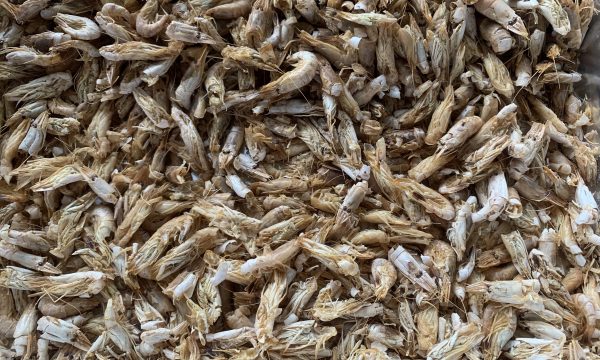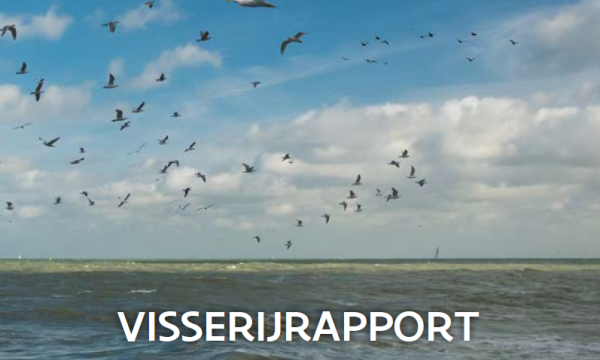Project news Automatic monitoring of biodiversity in the North Sea? eDNA is the key!
ZERO-IMPACT aims to develop an innovative, sustainable and automatic method to detect marine species based on "environmental" DNA (eDNA). The method will be used to detect parasites and toxic algae near aquaculture facilities and to find out exactly when certain fish species spawn.

Monitoring of biodiversity is necessary to assess the impact of human activities at sea, and to ensure that marine ecosystems remain healthy. But monitoring itself also has an impact: sampling removes organisms, and research vessels emit CO2. Project ZERO-IMPACT, a collaboration between ILVO and the Royal Belgian Institute of Natural Sciences (KBIN), is therefore investigating an alternative monitoring method based on eDNA from seawater.
The study of marine species and biodiversity using eDNA offers enormous advantages: 1) by collecting water to detect the presence of species, the organisms themselves are not disturbed or killed, 2) the study of different organisms (fish, invertebrates, plankton) can be done based on only one sampling method, and 3) continuous time series for marine biodiversity and fish populations can be obtained through automatic sampling of seawater.ZERO-IMPACT will map the spatial and temporal patterns of eDNA in the North Sea to efficiently carry out the monitoring of the good state of the environment (WP1 and WP2). In addition, the potential of eDNA for the fisheries sector will be fully explored by focusing on automation (WP4) and by carrying out targeted case studies to identify fish spawning (WP3), shellfish spat (WP5) and the presence of toxic algae and harmful parasites near shellfish culture facilities (WP5).
Given the increasing level of aquaculture activity in the North Sea, adequate and continuous monitoring of toxic algae and parasites is crucial for timely detection of potential contaminants and for fine-tuning policy measures. In addition, the characterization of the spawning period of plaice and sole by means of eDNA will provide a more accurate picture, which may allow it to be shortened. This immediately provides added value for the fishermen, because they can then fish sustainably for a longer period. This translates into a higher sustainability score on the auction block.



